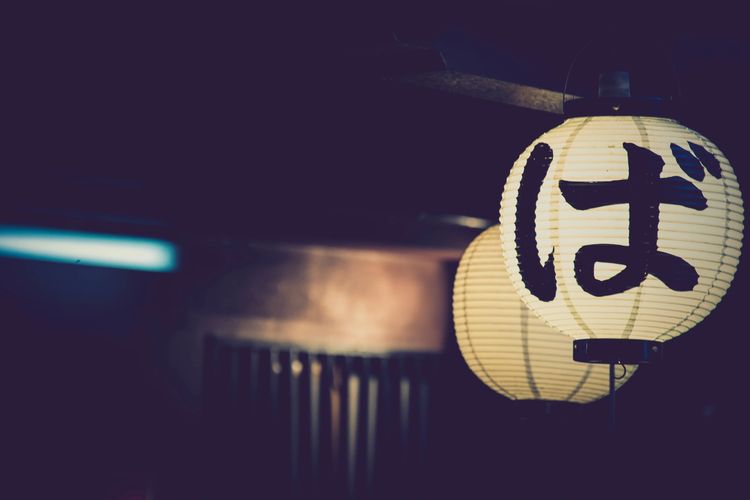
We are under construction to migrate to a new page. The images are not updated yet so disregard the ones that are on the page.
Do you have dietary concerns? Questions about an upcoming event? Drop us a line, and we'll get back to you soon!
We do not take reservations, it is first come first serve basis.
When the restaurant becomes full, a waiting list will begin.
Open today | 11:00 am – 09:30 pm |
Copyright © 2018 Maru Sushi - All Rights Reserved.
Powered by GoDaddy